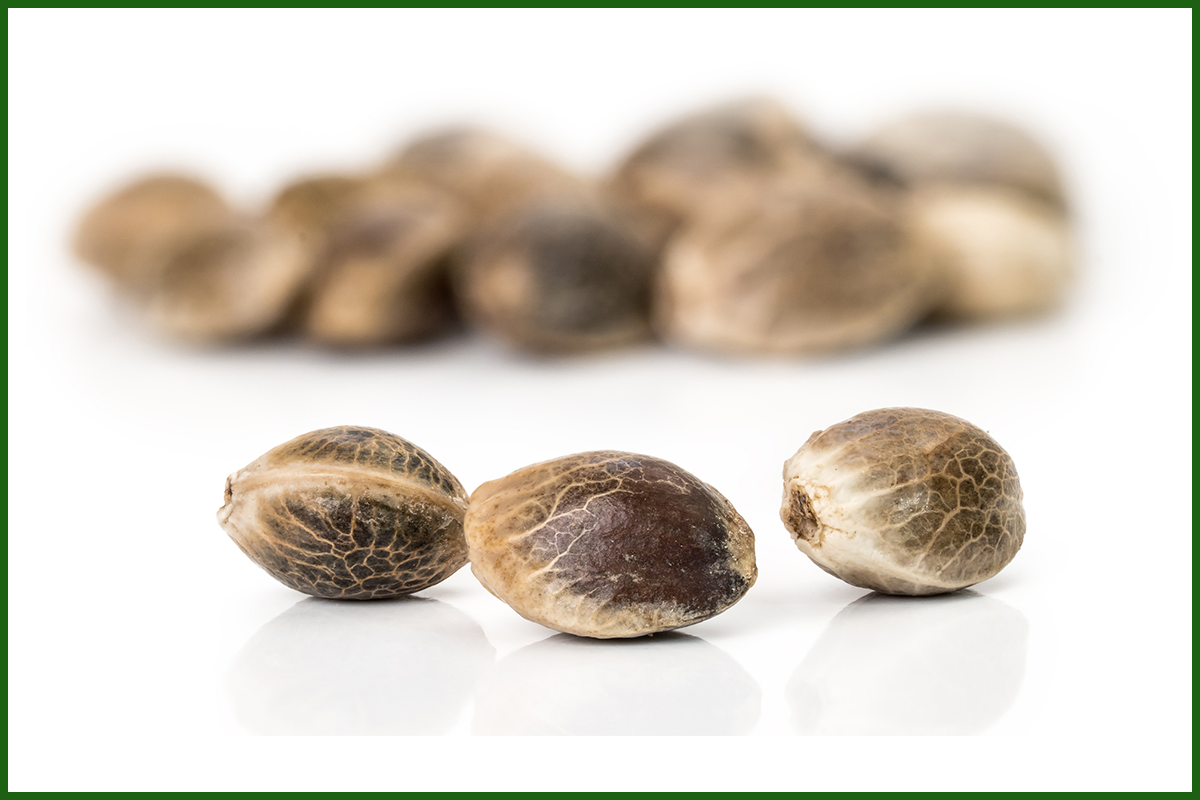Tackling Compliance
Delta 9 or Total THC
Below you will find information on compliance in Illinois and Wisconsin, and how to address it heading into the 2020 season.

Below you will find information on compliance in Illinois and Wisconsin, and how to address it heading into the 2020 season.
Challenges for Farmers
One of the most difficult pieces of hemp cultivation currently in the United States is trying to navigate through the muddy waters of compliance. It all comes down to Total THC (delta-9 THC plus THCa x 0.877) and the almighty 0.3% level.
Where did this 0.3% come from?
In 1976, Canadian horticulturalists Ernest Small and Arthur Cronquist published an article in Taxon, entitled “A Practical and Natural Taxonomy in Cannabis,” in which they provide the delineation between “industrial hemp” vs “marijuana” that has been adopted by governments around the world. Verbatim – “It will be noted that we arbitrarily adopt a concentration of 0.3% Delta9-THC (dry weight basis) in young, vigorous leaves of relatively mature plants as a guide to discriminating two classes of plants. This is based on standard-grown material in Ottawa in gardens, greenhouses and growth chambers, and of course on our analytical techniques. Dr. C. E. Turner, who has conducted extensive chemical analysis of Cannabis at the University of Mississippi, has agreed (pers. com.) that this is a reasonable figure to discriminate two classes of plants.”
So to quickly summarize…they were taking samples of the plant’s leaves back then as a way to separate hemp and marijuana by total THC. But now we are required to test from the tops of the plant (flowers). The difference in cannabinoid concentrations in leaves versus flowers is huge, and why we are encountering the issues with cultivation of hot hemp. And so because of this single publication from these two Canadians, we arbitrarily adopted the 0.3% THC level we have today. Ah, the times in which we live….
Going into the 2020 Season
If you are in Illinois, you are in a delta-9 THC state so that means you have some leeway when it comes to THC compliance. But in Wisconsin, they work with the Total THC requirement as laid out in the 2018 Farm Bill. So where does that leave you?
If you are in a delta-9 state, then you have the opportunity to extract your biomass to crude where the USDA no longer has any purview, despite it being hot (crude typically runs 2 -4% THC after extraction). It’s no longer a plant, so the USDA is not interested. This is the same at the state level. So the easiest option is to find a partner extraction lab to work with – either to process as a service or contract for tolling/splits. Then you can focus on turning out the highest yielding CBD crop possible.
If you are in a Total THC state, then you must adhere to the 0.3% THC requirement. You will need to pay close attention to your crop after flowering. Early harvesting is going to be a big part of the SOP for this coming season to prevent harvesting hot hemp. Additionally, extra care will need to be given to nutrient cycles and watering (avoiding any stress for the plants). Finally, you can look to a proven cultivar like Midwest or Eclipse that has a history of producing extremely low THC biomass – well below the 0.3% THC level while still providing 10-12% CBD / Total Cannabinoid profiles.
But keep in mind…all of this is a moving target. This may change again next year. So we all need to be ready, vigilant and most importantly be a community that shares information freely so we can all grow together.
USDA and Farmers.gov
This is a great resource to keep up with the ever-changing federal landscape of industrial hemp. Big news for 2020 is the announcement of the Pilot Insurance Coverage. Also, keep your ear to the ground for the finalized rules that will be coming in spring/summer of 2020. Public comment period was extended until the end of January 2020. Please send your comments in to: farmbill.hemp@usda.gov.
Download the Hemp and Farm Bill Programs Fact Sheet (PDF)
Watch the AMS Webinar: U.S. Domestic Hemp Production Program Overview